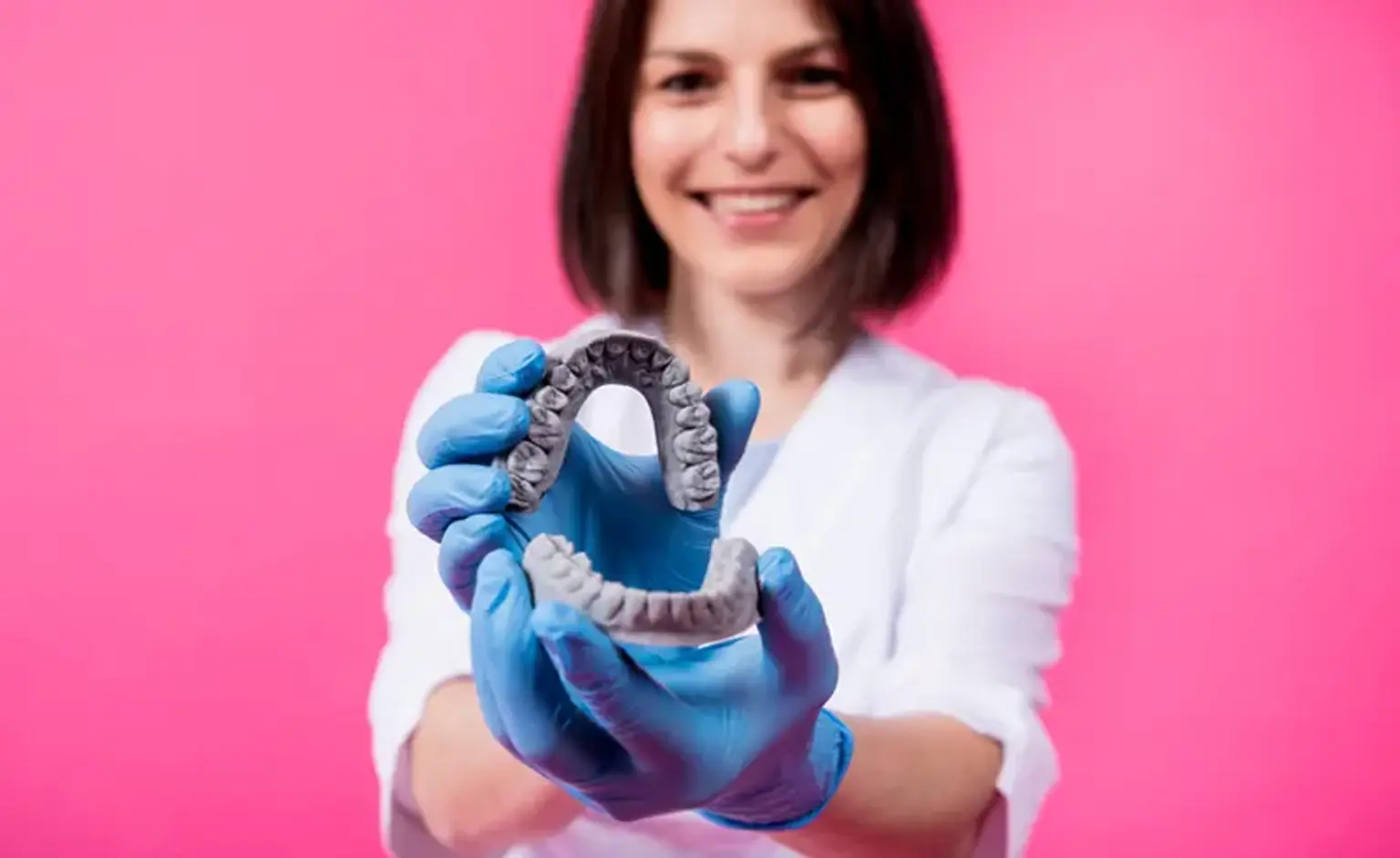Introduction
Dental prosthetics and restorations are essential treatments in modern dentistry, designed to restore the function, structure, and appearance of teeth that are damaged or missing. These treatments include a range of options such as crowns, bridges, dentures, and dental implants, each offering unique benefits tailored to a patient's needs.
The global popularity of these treatments is rising, especially with advances in dental technology that make procedures safer, more effective, and longer-lasting. From improving oral health to boosting self-confidence, dental restorations play a vital role in maintaining a beautiful and functional smile.
Types of Dental Prosthetics: A Comprehensive Guide
There are several types of dental prosthetics, each suitable for different types of tooth loss or damage:
Dental Implants: Implants are the most permanent and effective solution for replacing missing teeth. A titanium post is surgically placed in the jawbone, which then supports a crown or bridge. They offer natural function and appearance and help preserve bone health.
Crowns: Dental crowns are used to cover damaged or weakened teeth. Made from materials like ceramic or zirconia, they restore both function and aesthetics by encasing the entire tooth.
Bridges: Dental bridges are used to fill the gap created by one or more missing teeth. They anchor to adjacent healthy teeth and are often made of porcelain, offering a natural look and feel.
Dentures: Full or partial dentures are removable replacements for missing teeth. While not as permanent as implants, dentures are an affordable and effective option for those with significant tooth loss.
Implant-Supported Restorations: For patients who prefer a fixed solution, implants can support crowns, bridges, or even full dentures, offering greater stability and a more natural feel than traditional removable dentures.
